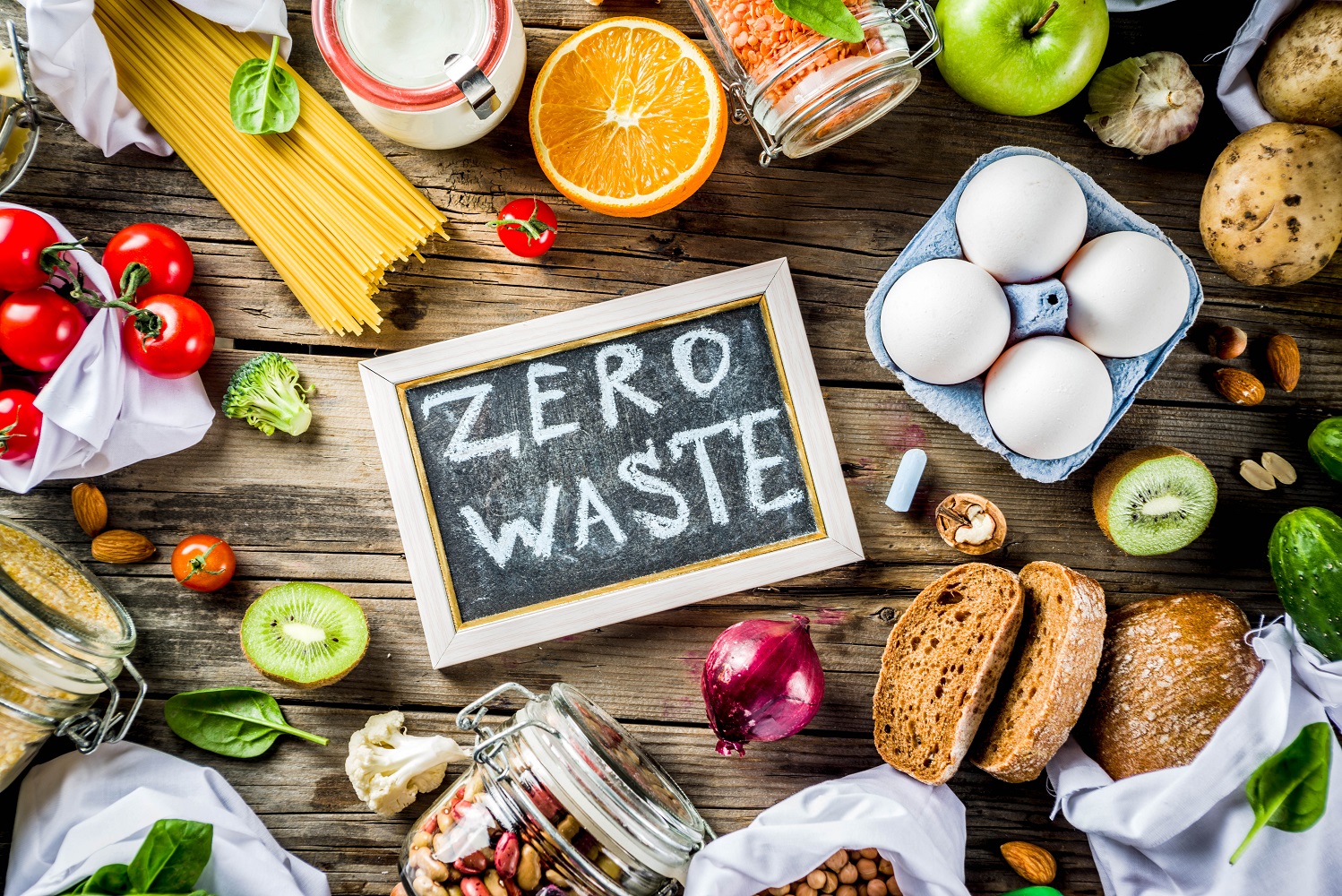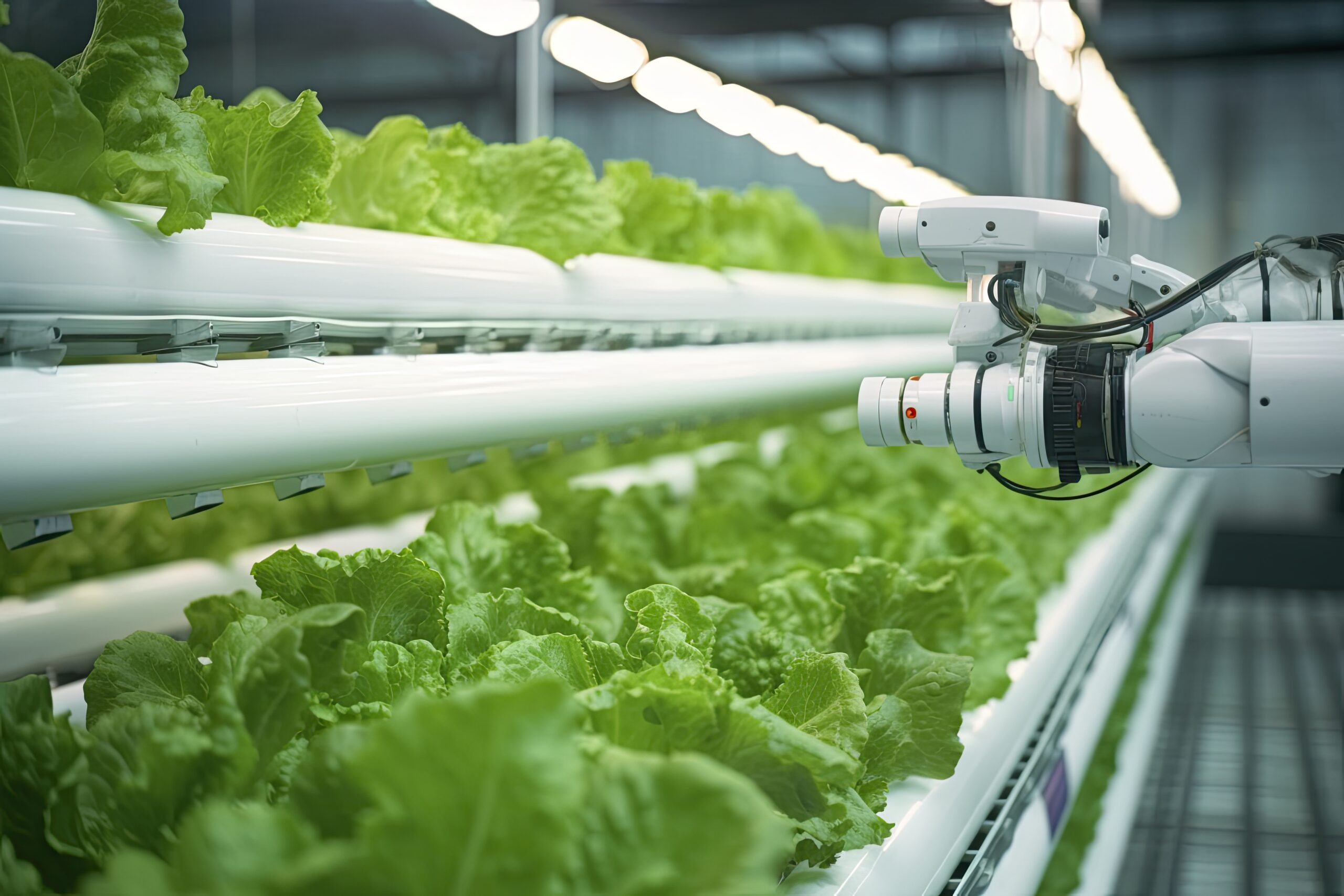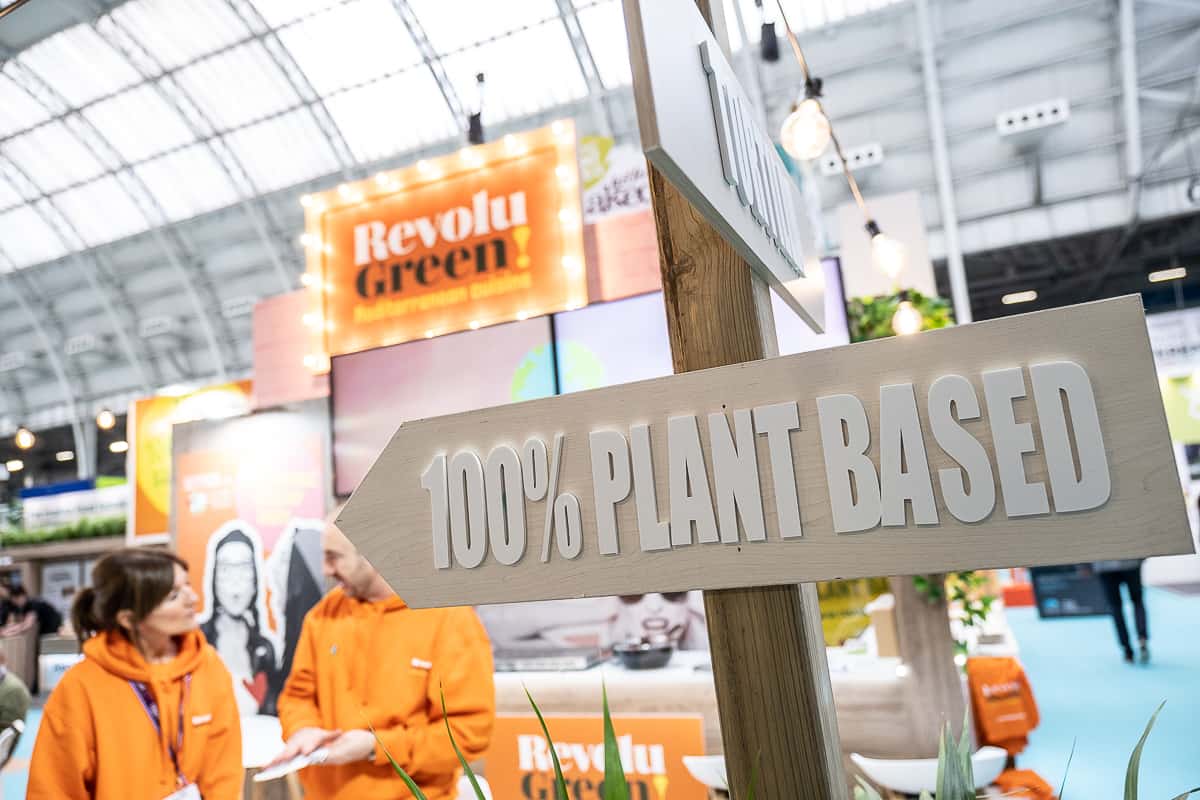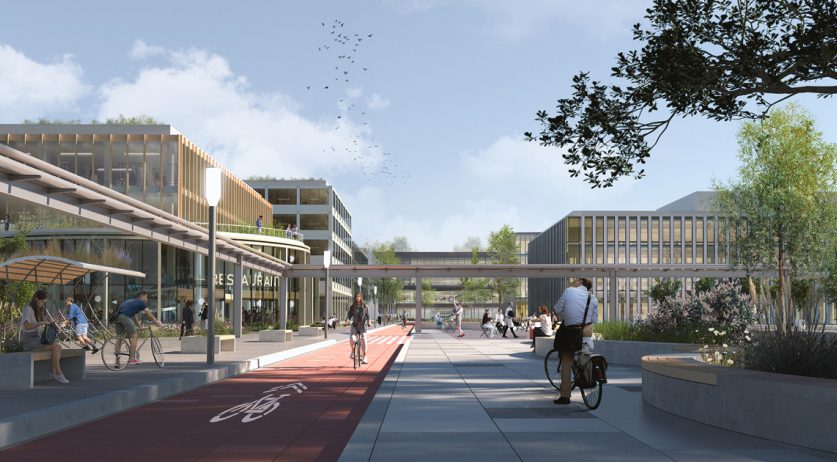The following is a guest post from Rick Hamilton, a Senior Consultant at 4C Associates. Hamilton shares his insights following the International Food & Drink event in London where Charles Banks, co-founder of The Food People explained how emerging technologies might help overcome some of these challenges.
Over the last 90 years, global population and food production have grown exponentially, however total agricultural land has remained static, putting pressure on the food system to produce more food with fewer resources. The demand for food is expected to further increase by 60% by 2050, thus exacerbating the pressure on food production.

But there are five emerging food technologies that could help the world get to where it needs to be to transform the system.
1. Cellular agriculture
New research from think-tank Planet Tracker has shown that the global food system accounts for a third of greenhouse gas emissions and endangers 86% of species on the International Union for Conservation of Nature (IUCN) Red List. The animal protein sector is a major contributor to this impact. However, emerging food technologies make it possible to cultivate meat without the need for traditional livestock farming.

Cellular agriculture is one such technology, which involves using cell cultures to produce animal products such as meat, milk, and eggs without the need for animals. This process involves taking a small sample of animal cells and using them to grow muscle tissue, which can then be used to produce meat, or milk and egg proteins for dairy and egg products.
2. Plant-based meat alternatives
Plant-based meat products are becoming increasingly popular as more consumers seek out meat alternatives. These products are made by using a variety of plant-based ingredients, such as proteins from peas, soy, or wheat, combined with other ingredients to create a meat-like texture and flavor.
Companies such as Redefine Meat and Juicy Marbles are using 3D printing techniques and assembly technology to create plant-based products that mimic the texture and fat marbling that characterise animal meats.
3. Transforming food waste
An estimated 40% of worldwide food produced goes to waste. This is not only an ethical issue, but also causes negative environmental impacts, such as greenhouse gas emissions.

Anaerobic digestion technology can transform food waste into valuable resources. This process involves placing organic waste in an oxygen-free environment, where it breaks down and produces biogas that can be used for energy. The remaining material can be used as a nutrient-rich fertilizer.
Another emerging technology is upcycling, which uses food waste to create new food products. This can involve turning fruit and vegetable scraps into nutritious powders, or creating new food products from imperfect or used produce that would otherwise go to waste.
4. Smart packaging
Smart packaging technology has the power to monitor, record and communicate information about the contents of the package. Technologies include: time-temperature indicators, providing information on the temperature history of a product; freshness sensors which monitor factors impacting the quality of food such as oxygen and carbon dioxide levels; and lastly, active packaging, containing active substances such as antimicrobial agents to help preserve it.
5. Precision agriculture

Precision agriculture, also known as smart farming, involves the use of sensors, drones, and other technologies to collect data on soil conditions, crop growth, and other factors that impact agriculture. This data can be used to optimize crop production, reduce waste, and increase efficiency.
There are a range of technologies to support precision agriculture such as self-driving tractors and machines being developed by John Deere, and software platforms allowing farmers to make more informed decisions about their crop management.
** Click here to read the full-text **















